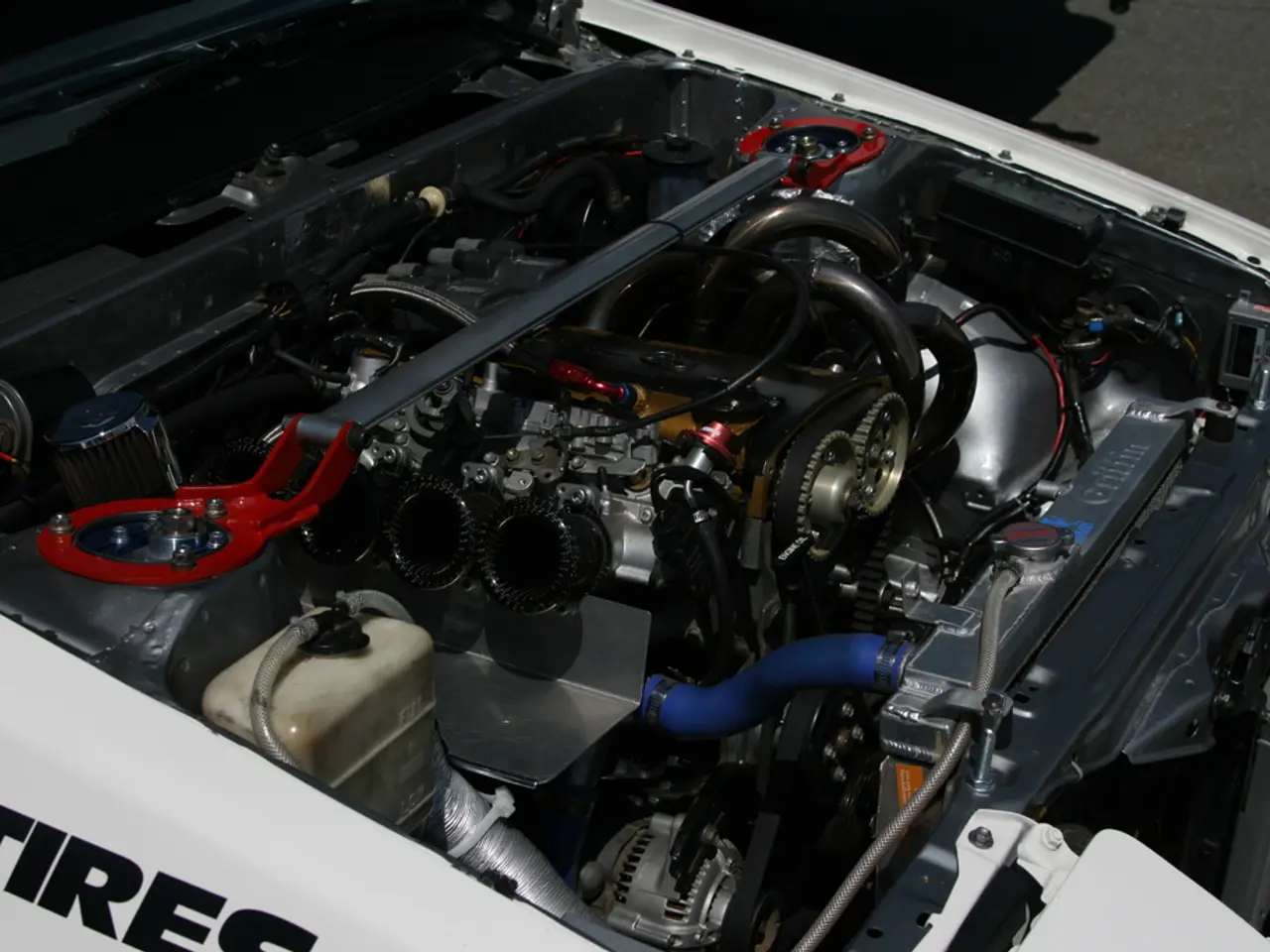Innovative Solid-state Energy Storage Devices
Tohoku University's Advanced Institute for Materials Research Pushes Boundaries in Solid-State Battery Technology
Solid-state batteries, hailed as a potential solution for reducing risks like leaks or fires associated with liquid batteries, are the focus of ongoing research at the Advanced Institute for Materials Research (AIMR) at Tohoku University.
Associate Professor Eric Jianfeng Cheng, a key researcher at AIMR, emphasizes the importance of fine-tuning these materials for longer-lasting and safer batteries. The team's efforts are geared towards creating a safer and more efficient alternative to traditional lithium-ion batteries.
The research at AIMR is centred around the use of inorganic solid electrolytes (ISEs), which serve as parts of the battery that help with energy transfer, potentially making solid-state batteries work better overall. ISEs include substances like oxides and sulfides, which are being researched for their potential to improve the performance of solid-state batteries.
One of the major challenges in creating solid-state batteries is ensuring that the solid electrolytes work well with other battery components, like electrodes. If these components do not fit properly, it can lead to problems affecting battery life and efficiency. However, the researchers believe that continued exploration of new materials and techniques will lead to practical solid-state batteries.
The research at AIMR has made significant progress in the field. The team's efforts have resulted in the development of new methods to create materials with specific properties that enhance battery safety and energy storage. The focus of this research is on finding new materials and improving the performance of solid-state batteries.
The publication of this research in the Journal of Materials Chemistry A highlights the importance of ongoing innovation in battery technology for a more sustainable future. The research at AIMR is being conducted in a collaborative environment, with experts from various fields working together to advance the field.
Innovative methodologies and AI integration are also a part of the research at AIMR. Researchers such as Li Hao use AI and big data analytics to accelerate the discovery and optimization of solid-state battery components. Through these efforts, AIMR seeks to establish an internationally recognized research hub for next-generation energy technologies.
Overall, the future direction of solid-state battery research at AIMR is to combine multidisciplinary scientific methods, advanced data-driven techniques, and international collaboration to achieve breakthroughs in battery energy density, safety, and sustainability.
References:
[1] Tohoku University. (2021). AIMR Research Focus: Energy Materials. Retrieved from https://www.aimr.tohoku.ac.jp/english/research/focus/energy-materials/
[2] Tohoku University. (2021). Tohoku University Researchers Aim to Solve Energy Challenges. Retrieved from https://www.tohoku.ac.jp/en/news/2021/11/23/aim-solve-energy-challenges/
[3] Tohoku University. (2021). AIMR Research Focus: Solid-State Batteries. Retrieved from https://www.aimr.tohoku.ac.jp/english/research/focus/solid-state-batteries/
[4] Tohoku University. (2021). AIMR Research Focus: Artificial Intelligence and Materials Design. Retrieved from https://www.aimr.tohoku.ac.jp/english/research/focus/artificial-intelligence-and-materials-design/
Given the context of the text, here are two sentences that incorporate the words 'science' and 'technology':
- The research at Tohoku University's Advanced Institute for Materials Research is rooted in scientific understanding and advances the field of battery technology, pushing boundaries in solid-state battery science and technology.
- The team at AIMR employs innovative scientific methods, leveraging technology such as AI and big data analytics, to optimize solid-state battery components and improve their performance.




